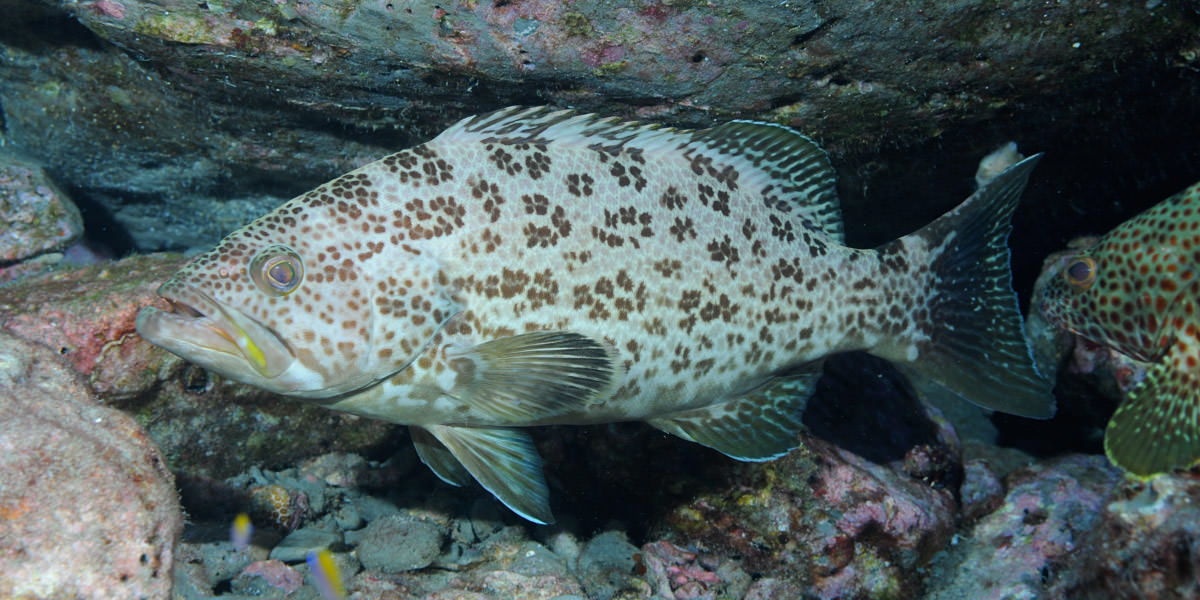Noise
Flower Garden Banks

Why is it a concern?
Over the past three decades, Flower Garden Banks National Marine Sanctuary (FGBNMS) has been subjected to increasing sources of underwater sounds causing a rising concern about the potential impacts of noise on sanctuary resources. Currently the effects of noise are poorly understood and there is a need for more data.
Underwater sound is one of the primary ways that marine organisms communicate and gather information about their environment. Acoustically active and acoustically sensitive species within the sanctuary may include species such as snapping shrimp, various reef fish, marine mammals, and sea turtles. Sound is used for a wide variety of functions including attracting and locating mates, finding food, maintaining group structure, avoiding predators, and navigation. Some studies also show that acoustic cues are an important component in the direction of reef larvae during recruitment.
The chief sources of sound in FGBNMS are boat engines and generators, as well as commercial, experimental and exploration activities, the most prominent being acoustic air gun surveys, pile driving, and work boat transits associated with the oil and gas industry. Noise impacts could include altering feeding or mating behaviors or causing animals to avoid areas they would otherwise occupy.
Overview of Research
The Flower Garden Banks National Marine Sanctuary is actively seeking research partners to conduct work connected to noise as a sentinel issue.
Soundscape Monitoring Program, NOAA
This soundscape monitoring program takes place at Stellwagen Bank, Gray's Reef, Florida Keys, and Flower Garden Banks national marine sanctuaries. Shallow water hydrophones are deployed and the data collected from them will ultimately be used to classify the acoustic signatures of the sites, including relative contributions of human-produced noise, as well as marine wildlife (invertebrates, fish and mammals) and geophysical sources (wind, waves).
Science Needs and Questions
- What are the relative inputs of sound from various sources to FGBNMS'’'s total “ocean noise budget” and how do they vary in time and space?
- What are the temporal/spatial distributions of vocalizing marine animals in FGBNMS?
- Are changes in the behaviors of vocally-active marine animals relative to anthropogenic sound sources biologically significant, and how should this inform underwater noise policy for FGBNMS?
- What sanctuary biota rely on sound to successfully fulfil their ecological roles in the sanctuary?
- What is the acoustic landscape within the sanctuary?
Education and Outreach Material
Discovery of Sound in the Sea website offers many resources related to the issue of noise in the ocean.
Podcast on Noise and Soundscapes in National Marine Sanctuaries with Dr. Leila Hatch.
References
Office of National Marine Sanctuaries. 2008. Flower Garden Banks National Marine Sanctuary Condition Report 2008. U.S. Department of Commerce, National Oceanic and Atmospheric Administration, Office of National Marine Sanctuaries, Silver Spring, MD. 49 pp. http://sanctuaries.noaa.gov/science/condition/pdfs/fgb_conditionreport08.pdf

